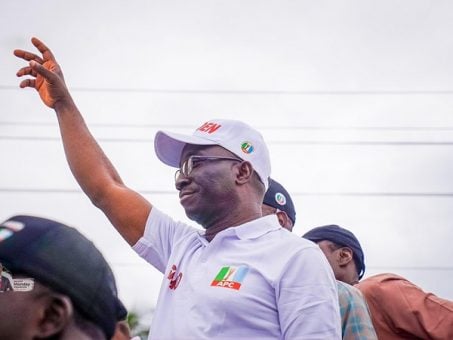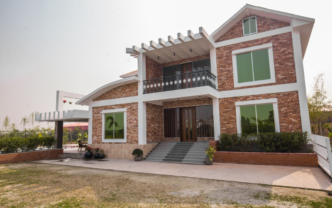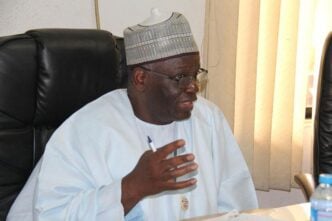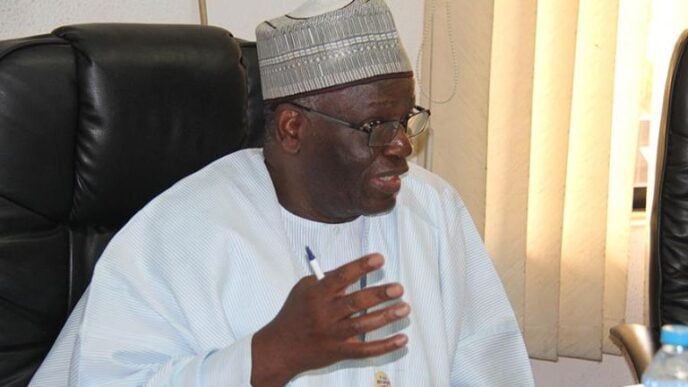Kenyan youths
BY OBAFEMI AKINTAYO
Africa is generally considered the youngest continent in the world, with over 60% of its population under the age of 25. This demographic reality carries profound political implications.
In recent years, young Africans have begun to reshape the contours of civic engagement across the continent. Moving beyond traditional modes of protest, youth movements are transitioning into more sophisticated forms of policy advocacy, digital organising, and grassroots political participation.
From Nigeria’s #EndSARS to Uganda’s People Power Movement, these efforts signal not only a demand for change but a redefinition of how change is pursued.
Advertisement
The evolution of youth activism
Historically, youth-led activism in Africa has been characterised by protest. In colonial and post-independence eras, students and young workers formed the backbone of resistance against oppression and inequality. However, in recent decades, some African states have adopted authoritarian practices that limit dissent, restrict press freedom, and criminalise protest. In response, young activists have had to innovate, shifting from confrontation to strategic engagement.
The #EndSARS movement in Nigeria exemplified this shift. Sparked by police brutality, the protests quickly evolved into a decentralised civic movement advocating broader systemic reforms. Youth-led panels, legal support teams, and digital fundraising mechanisms reflected a new level of organisational sophistication; the movement’s legacy persists in a new generation of politically conscious youth who are seeking office, creating civic tech platforms, and shaping public discourse.
Advertisement
From the streets to the policy table
What sets recent youth movements apart is their commitment to translating protest energy into policy outcomes. In Kenya, youth groups have successfully lobbied for legislative reforms on digital privacy and electoral transparency. In South Africa, student movements such as #FeesMustFall have influenced higher education policy and sparked national debates on inequality.
These movements are not without their challenges. Institutional barriers, political co-optation, and resource constraints often limit their effectiveness. However, they continue to build alternative models of engagement, community parliaments, participatory budgeting, and youth caucuses that bypass traditional gatekeepers.
The role of digital technology
Advertisement
Digital tools have become central to this new wave of civic engagement. Social media platforms like X, WhatsApp, and Facebook serve as organising spaces, information hubs, and mobilisation tools. Civic tech innovations such as election monitoring apps, budget tracking platforms, and virtual town halls have enabled youth to engage with governance processes more directly and transparently.
This digital shift has expanded the reach and impact of youth movements but also introduced new risks, including surveillance, cyberattacks, and misinformation. Governments are increasingly deploying digital repression tools to stifle dissent, highlighting the need for digital rights advocacy as part of broader civic engagement strategies.
Intersectionality and inclusivity
A defining feature of today’s youth movements is their intersectional approach. Activists are no longer organising around single issues but addressing the interconnectedness of gender, economic justice, climate change, and decolonisation. Women and youth are asserting leadership roles, challenging traditional hierarchies within activist spaces and society at large.
Advertisement
Inclusivity is both a strength and a necessity. For youth movements to build lasting influence, they must reflect the diversity of the societies they seek to transform. This includes bridging urban-rural divides, overcoming language barriers, and ensuring that marginalised voices are not sidelined in decision-making processes.
The way forward: Institutionalising youth power
Advertisement
For youth engagement to move from episodic protest to systemic transformation, it must be institutionalised. This involves creating pathways for young people to access political power through party systems, public service, and advisory roles. Electoral commissions should lower candidacy barriers, while governments and civil society must invest in civic education and leadership development.
Regional bodies like the African Union can play a crucial role by enforcing youth participation quotas, supporting youth-led organisations, and integrating youth priorities into continental development frameworks. Donor agencies must also shift from tokenistic youth engagement to long-term capacity-building.
Advertisement
Youth as architects of Africa’s future
Youth are not just the future of Africa; they are its present architects. Their activism is reshaping political culture, challenging authoritarianism, and building new models of governance rooted in transparency, justice, and participation. As they move from protests to policy, from hashtags to legislation, they are charting a bold new path for civic life on the continent.
Advertisement
To support this momentum, African states must move from repression to partnership. The question is no longer whether youth should have a seat at the table, but how many tables they should build. The time has come to listen, learn, and lead with Africa’s youth at the forefront.
Obafemi Akintayo, a globally recognised peace and conflict resolution expert, currently serves as assistant chair for interreligious dialogue and peace at the UO-UNESCO Crossings Institute. Obafemi can be reached via [email protected]
Views expressed by contributors are strictly personal and not of TheCable.











